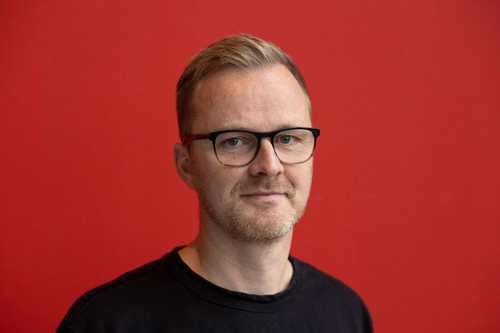Het Achterhuis
Paul Kuipers (Master in Architectuur) studeerde af met zijn architectonisch ontwerp Het Achterhuis. Paul: 'Omdat architectuur voor mij onvermijdelijk politiek is, is mijn afstudeeropgave een politieke boodschap over het belang van transparantie voor de democratie geworden. Omdat Edward Snowden als klokkenluider de belichaming van dit belang is, heb ik aan zijn wereld termen ontrokken die ik vervolgens heb omgezet in architectonische principes. Termen zoals open vs. gesloten, privé vs. publiek, digitaal vs. analoog, verhulling vs. onthulling.
Het uiteindelijke ontwerp is een plek geworden waar hij zich zowel privé beschermd als publiek gezien weet. Het huis en de publieke ruimten zijn op een labyrintische wijze met elkaar verstrengeld middels een aaneenschakeling van achterhuizen, -gangen en -kamers in de binnentuin van een bouwblok in de Amsterdamse grachtengordel. Daarmee krijgt ook Het Achterhuis en de Binnentuin (als plek om je te verbergen) een nieuwe interpretatie en laat het zien dat, er binnen de beperkingen van een UNESCO monument, nog best wat mogelijk is.'
Recommendations
Machiel Spaan, graduation mentor Academy of Architecture: ‘The graduation project of Paul is a political and a spatial manifesto. (...) It has a unique and groundbreaking character. (...) The presentation is outstanding and overwhelming. (....) With Het Achterhuis Paul has succeeded in involving us in a number of dilemmas of the Internet-infused world and the influence hereof on our democracy. Themes that are the order of the day and which, as Paul demonstrates, can also be given significance in the architecture of the city and the space.
Jonas Staal, Studio Jonas Staal: ‘His engaged speculative architecture is both manifesto and poetry, transparent and private, shamelessly idealistic and absolutely pragmatic.'
From the jury report of the Graduation Prize: 'In Het Achterhuis, Paul Kuipers tackles a political and topical subject – the attitude of society towards whistle-blowers and the handling of big data – in a unique and intellectual way. He elaborates on this in a powerful and daring design, which could be a landmark in Amsterdam and which connects history – with references to the famous Secret Annexe of Anne Frank – with both the present day and the future. Het Achterhuis is a very successful project aesthetically speaking and above all a powerful plea for transparency.'









